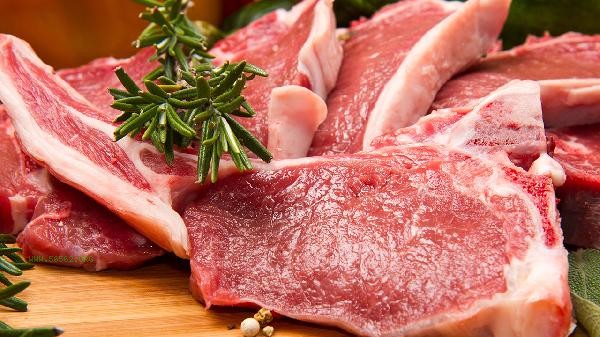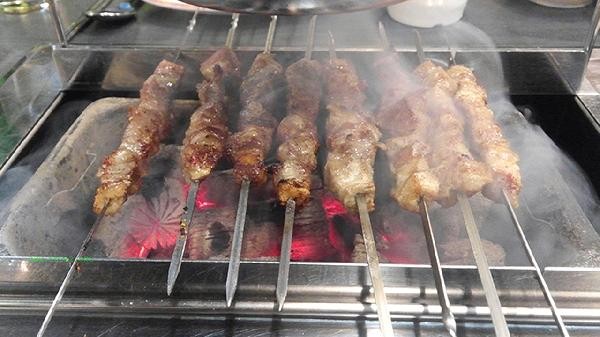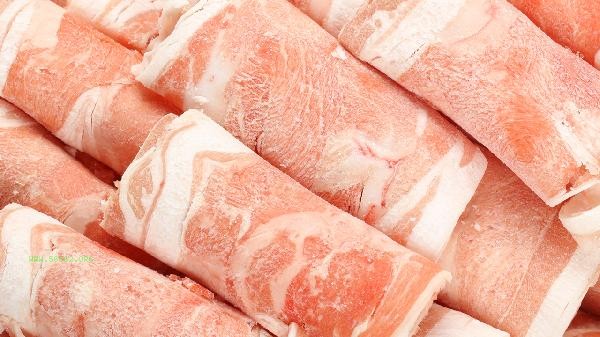The key to overnight storage of leftover lamb lies in rapid cooling, sealed isolation, and low-temperature storage. There are mainly five methods: refrigeration storage, packaging processing, vacuum packaging, adding antibacterial seasonings, and reheating sterilization.

1. Refrigerate storage
The cooked lamb should be refrigerated at a temperature below 4 ℃ within 2 hours. Lamb meat with bones should be boneless and spread flat in a shallow container. If there is a lot of soup, it should be stored separately. Do not overfill the refrigeration area to ensure air circulation. Wrap the surface of the meat tightly with cling film to avoid oxidation reactions caused by contact with air.
2. Packaging Processing
Large chunks of lamb are packaged into food grade preservation boxes according to a single consumption amount, reducing the risk of bacterial growth caused by repeated thawing. Each piece with a thickness not exceeding 5 centimeters can accelerate cooling, and 1 centimeter of space is reserved inside the box to prevent juice overflow. Mark the storage date and suggest consuming within 24 hours.
3. Vacuum packaging
uses a vacuum machine to extract air from the packaging bag, which can effectively inhibit the growth of aerobic bacteria. Suitable for sauce lamb or dried lamb with low moisture content, it needs to be fully cooled to room temperature before packaging. Cooked lamb meat stored in vacuum can be extended to 3 days under refrigeration conditions, and can be frozen for up to 1 month.

4. Adding antibacterial seasonings
When braising lamb, natural antibacterial seasonings such as cloves and cinnamon can be added, and the condensed oil layer on the surface of the soup can isolate the air. Sprinkle a small amount of salt or drizzle a little vinegar before refrigeration to lower the pH value, but pay attention to seasoning balance. This method is suitable for braised lamb meat that is planned to be consumed the next day.
5. Re heating sterilization
Before consuming again, it is necessary to thoroughly heat it to a center temperature of 75 ℃ or above and maintain it for 3 minutes. Soup should be boiled. Microwave heating requires flipping halfway to avoid uneven heating, and steaming can better maintain meat quality. Repeatedly heating should not exceed once, and if the taste becomes dry or there is an odor, it should be discarded immediately.

When storing lamb, it is important to separate the raw and cooked parts and avoid using metal containers that come into contact with acidic seasonings. It is suggested that mutton that has been refrigerated for more than 24 hours should be made into high-temperature stewed dishes such as Pita bread soaked in Lamb Soup. Elderly people and people with weak gastrointestinal function should be careful to eat meat overnight. Regularly cleaning the refrigerator seals and storage compartments to maintain a dry and hygienic storage environment can effectively extend the shelf life of food ingredients. If the meat is found to be sticky or has a strange odor, even if it has not expired, it should be stopped from consumption.








Comments (0)
Leave a Comment
No comments yet
Be the first to share your thoughts!